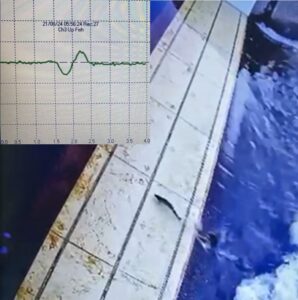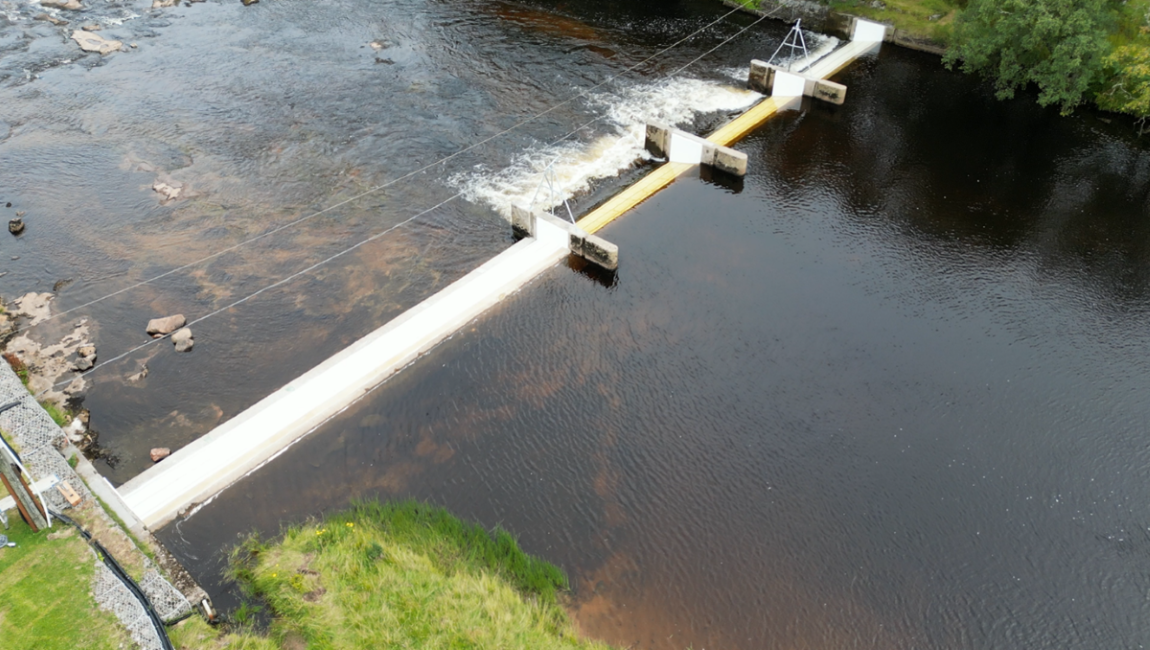Marine
Counting Scotland’s Salmon
October 24, 2024 by Marine Directorate Communications No Comments | Category Freshwater Fisheries, wild salmon
It is well established that the numbers of Atlantic salmon returning to Scottish rivers are declining, and that this is part of a pattern across the whole of their natural range. In response, the Scottish Government and stakeholders have introduced a range of voluntary and mandatory measures to enhance and protect salmon stocks, many of which are also likely to benefit sea trout and other freshwater fish. These measures include restrictions on the fishing season, on retaining fish and mitigation of pressures such as sea lice and rising river temperatures.
Each year, Marine Directorate scientists assess the status of 173 salmon stocks across Scotland, resulting in individual rivers being graded as being in good (category 1), moderate (2), or poor (3) conservation status. Fisheries on poor conservation status rivers must return all salmon caught in order to help preserve stocks. Whilst salmon can be retained on rivers in good or moderate conservation status, more than 95% of all rod-caught salmon in Scotland are returned to the river.
The main source of information on how many adult fish return to each river are salmon fisheries, who have a legal requirement to make an annual catch return to Scottish Ministers. This information is then collated by the Marine Directorate and published as Official Statistics each Spring. As not every returning salmon is caught, other information is required to understand how catches relate to the numbers of adults returning from the ocean to spawn. To provide this information, some rivers have equipment installed on them to allow semi-automated fish counting. In July and August this year, the Marine Directorate and the Helmsdale District Salmon Fishery Board have had the fish counter on the River Helmsdale refurbished to help ensure the continued provision of this valuable data.
Contractors have installed new insulation panels and electrode strips on the concrete weir, replaced electrical cabling and CCTV cameras, and installed the monitoring and remote communications equipment into a new hut on the riverbank. Using the insulated electrodes, the counter continuously monitors the electrical resistance of the water and when fish cross the electrodes characteristic signals are recorded. The signal shape varies depending on whether the fish first crosses the lower or upper electrode, allowing the movement direction to be determined; the size of the signal also relates to the size of the fish. The photograph below shows one of the first fish to be detected since the refurbishment was completed, together with its corresponding signal on the fish counter.

Overhead image of a sea trout crossing the weir, with inset image of the corresponding signal on the fish counter.
During the remainder of this year’s salmon run, the Helmsdale Board and the Marine Directorate will collect signal and video data allowing the efficiency of the counter to be validated. The data from next year’s fish run can then be used to help assess salmon stocks on the Helmsdale and across Scotland, and to monitor the effectiveness of efforts to protect and enhance stocks, such as those described in the Scottish wild salmon strategy.
Tags: collaboration, Freshwater, Salmon, Scottish Wild Salmon Strategy, wild salmon



Leave a comment